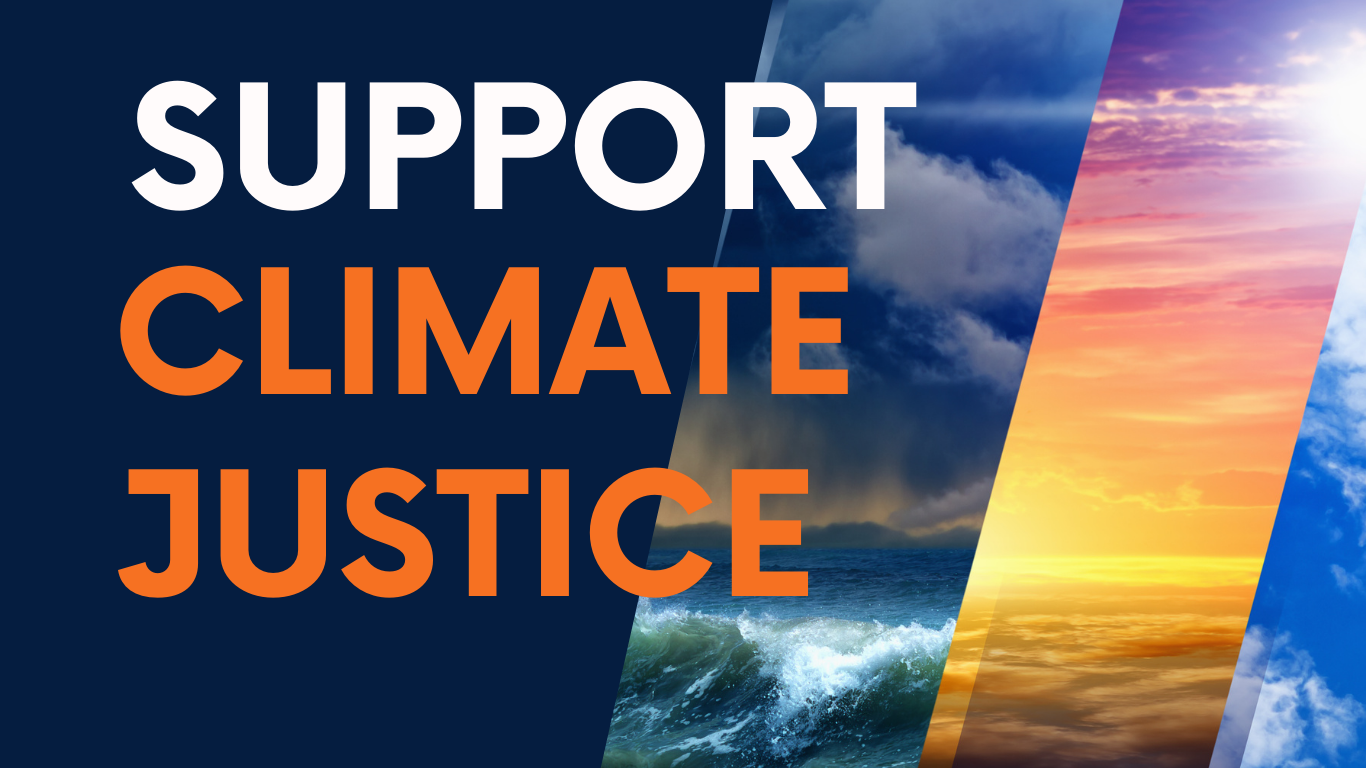By Britney Nurse
Imagine waking up, and your only water option is mud-infested

This happens to be the reality of millions all around the world. Living on a picturesque tropical island surrounded by water, one can assume that this reality would never be true. Yet, water shortages are part of the daily reality for many in the Caribbean. The effects of climate change could make matters worse.
According to UNICEF in their 2021 Report on Water Security, it was reported that approximately 1.42 billion people – including 450 million children – live in areas of high or extremely high water vulnerability.
As the planet heats up, these problems will only worsen, leaving vulnerable communities at the mercy of water scarcity. Human activities have brought on rapid climate change and disproportionately impact marginalized groups who bear the brunt of the consequences.
The water crisis is not just a challenge for the Caribbean; it is an issue of climate justice. Vulnerable communities face the greatest hardships, while the privileged retain access to resources. It raises questions about the future of the region, where water, once believed to be an infinite resource, has now become a finite commodity.
Under the water security microscope is the twin-island state of Trinidad and Tobago
In T&T, there are many dams and reservoirs supplying potable water throughout the entire region of the island which are managed by the Water and Sewerage Authority (WASA). The Navet Dam is one of the major reservoirs supplying potable water to over 10 cities/towns in South Trinidad. It covers an area of 3.24 km2 (800 acres) and has a capacity of 18,200,000m³ (4,000 million imperial gallons). It supplies 86.4 m³ per day.

There is also the Caroni–Arena Dam which is the largest dam in Trinidad and Tobago. It is located in the Arena Forest Reserve, south of Arima, in the eastern Caroni Plains. WASA supplies water to areas of central Trinidad by purifying the water from the dam. It was opened in the late 1970s/early 1980s.

In the north of Trinidad, there is the Hollis Reservoir which supplies water to Arima, Port of Spain, and other areas of north Trinidad. It is the oldest man-made dam which is fed from the waters of the Quare River and rainfall from the surrounding mountains. When full, it can supply 8.2 million gallons of water to people in Arima, Nettoville, Cleaver Road, Bregan Park, D’Abadie, and Arouca. The Hollis catchment also supports a variety of animal life such as Lappe, tattoo, howler monkeys, deer, wild hogs, caiman, tilapia, and snakes.

Lastly, in Tobago, the Hillsborough Reservoir is the major source of drinking water for the island. Located 36.5 meters (100 ft) above sea level, the reservoir is managed by the Water and Sewerage Authority of Trinidad and Tobago, and it has a capacity of about 1 million m³ (225 million gallons).
Within the dry season, the water supply in these reservoirs is cut in half affecting the surrounding communities and the animals that rely on this supply for their survival. In this season, persons are limited to water supply between 3-6 hours a day or sometimes none at all. One could expect a water supply at most 3 days a week, cutting off in the morning time or the evening.
To mitigate this issue, T&T developed groundwater systems also known as aquifers spanning the Northern Range, Central Range, the southwestern peninsula, and the southeastern coast from Mayaro to Guayaguayare. The first water well in Trinidad was drilled in the Diego Martin Valley in the 1890s. In Tobago, the first exploration for water wells, also drilled in sub-surface gravels, took place between 1911 and 1912 in Lowlands and Cove Estate.
When the wells were drilled, nearly 1.9 million gallons of water per day (over 45,000 bbl/d) were produced. Unfortunately, the production of that well is now around 25% of its original yield, potentially due to environmental changes, climate, borehole integrity, or increased abstraction from the surface water systems; hinting at the possibility of interconnectivity between surface water and these deep aquifer systems.
Groundwater is crucial
Groundwater has become crucial as is evident during the dry-season months, as surface water systems become significantly depleted due to the rainfall deficit. Groundwater wells, therefore, become an important supply source to augment production shortfalls from river intakes and reservoirs.

In T&T, aquifers are also threatened by contamination from agrochemical waste and by-products, especially in the shallower systems, such as the Tacarigua Gravels.
Septic tanks and soak-away systems that are not properly designed, constructed and incorrectly situated also pose the hazard of contaminating aquifers from the seepage of untreated sewage. Perhaps one of the more substantial risks in the last few decades is saltwater intrusion into some of the country’s aquifers.
All of these issues emblematic of the more frequent and extreme climatic events, highlighted the complex challenges of supplying water for competing uses in water-limited regions during times of severe shortages.
One member of a well-known middle-class neighborhood who chose to be anonymous located in the Tunapuna/Piarco parish spoke about his experiences living in the area for over 15 years.
Amongst the full bloom, in every home located in this neighborhood, there are not just one but two, sometimes three, water tanks located in the cusp of the sizeable backyards of the residents.
The tanks are evidence that even this community is not insulated from the water stress experienced across the island. Residents fill the tanks from the main pipes to use during scheduled outages by the water authority. But the supply is often unreliable and further impacted by low pressure for those living further up the hill.

He says, “Outages have become a regular occurrence, with water often shut off during peak hours in the day and all during the night. These outages affect persons from taking their time to relax and unwind with a cold or warm shower, preparing meals for their families, seeing about their home gardens/small farms, and other important elements of their daily routine.” He also notes buying water by the cases or 5 gallons of water at a time to ensure there is still an alternative supply available.
While most people outside of rural mountainous areas in the Caribbean are connected to the public water supply, they frequently face outdated infrastructure in need of repair, resulting in major losses of drinking water.
Just recently this month, over 200,000 persons living in Trinidad dealt with the nightmare of having no water for 3-4 days ongoing. This was due to the major leak from the 48” diameter transmission pipeline west of the Caroni Water Treatment Plant. Despite brave and expedited efforts from the Water and Sewerage Authority and the Ministry of Public Utilities to restore supply to the affected homes, this does not change the fact that aging infrastructure continues to prevent a full continuous stream of water.
If these structural problems are left unaddressed, things are only likely to deteriorate as the planet heats up.
Access to funding
The Caribbean region enjoys relatively high standards of living, with most countries defined by the UN as “upper-middle income.” This excludes them from much international development funding. At the same time, high levels of public debt combined with their vulnerability to climate change impacts, make it difficult to secure investment in infrastructure.
Trinidad and Tobago have profited from its oil reserves. Yet despite its high income, it struggles to adequately supply this most basic of necessities.
Is this the future? Clean water accessible only to the rich and the privileged. Our island life is not so exotic anymore.
This story was published with the support of the Caribbean Climate Justice Journalism Fellowship, which is a joint venture of Climate Tracker and Open Society Foundations.







